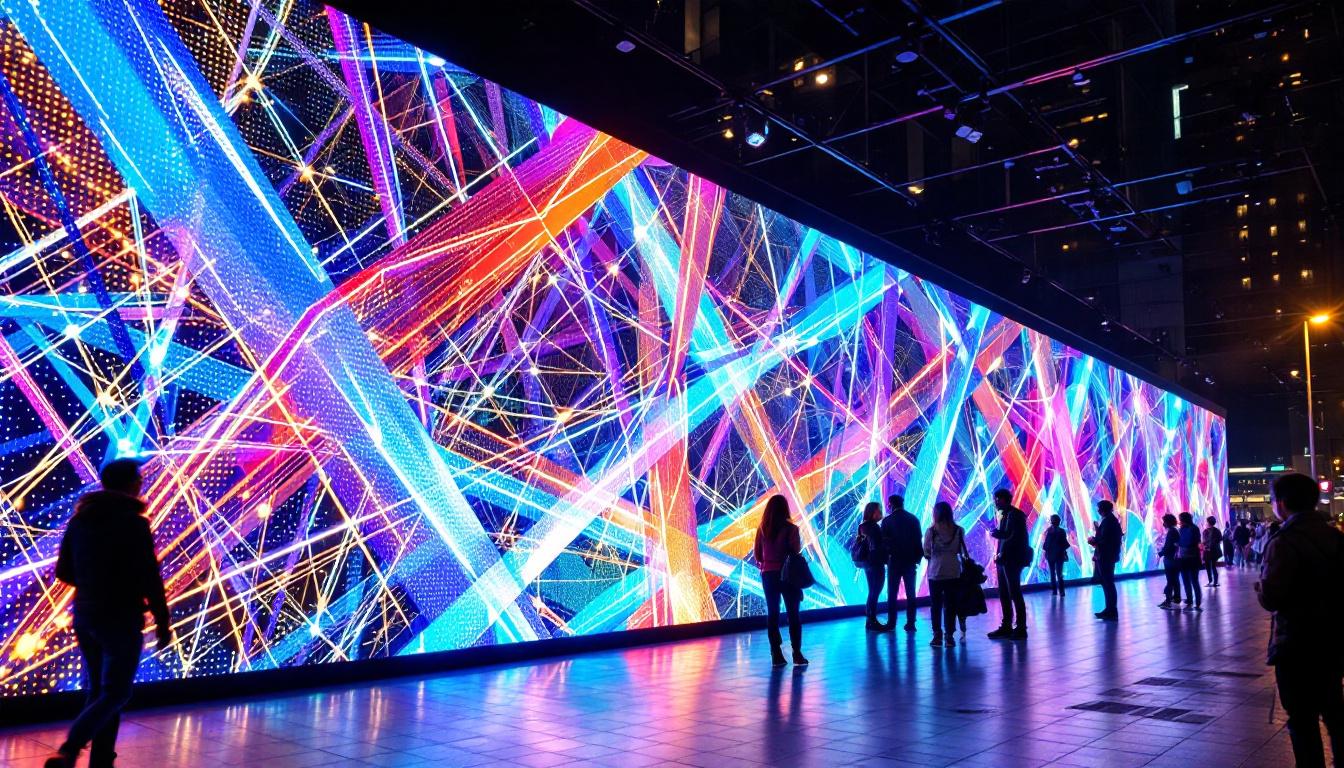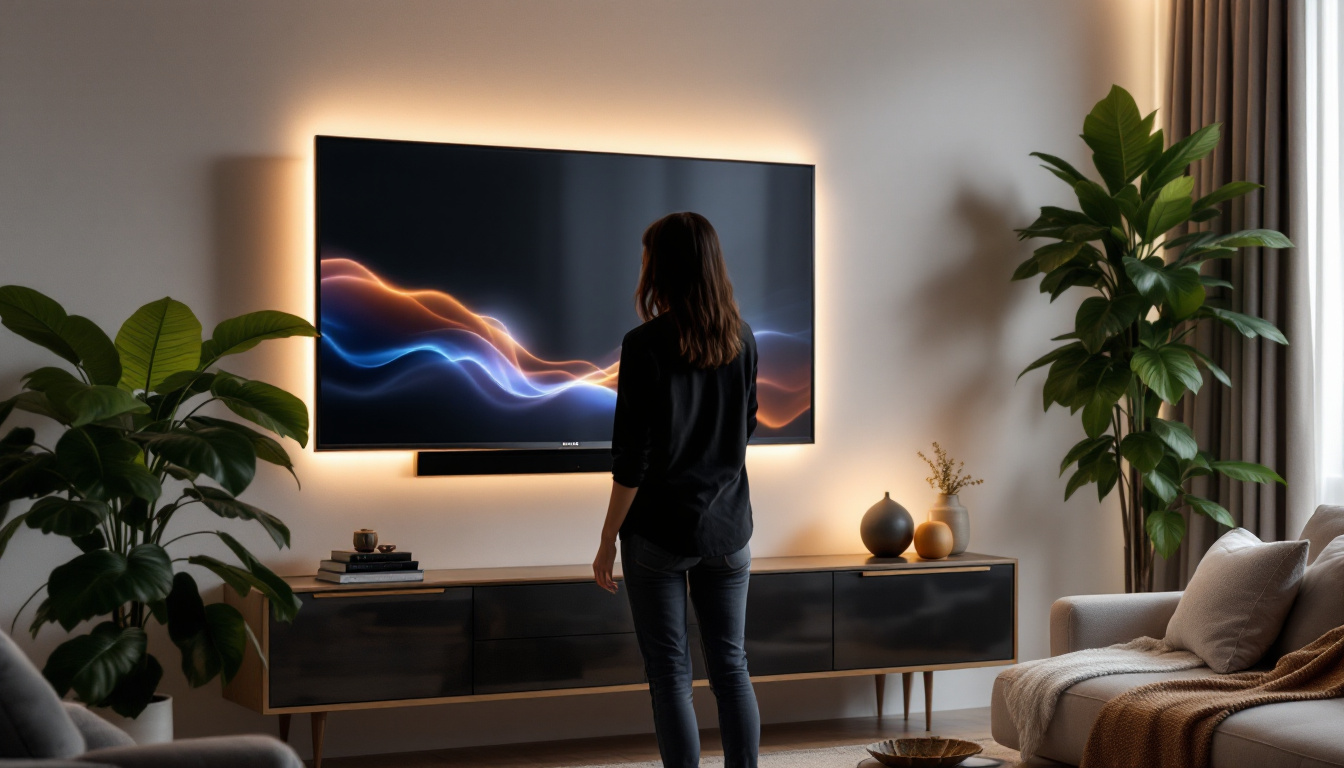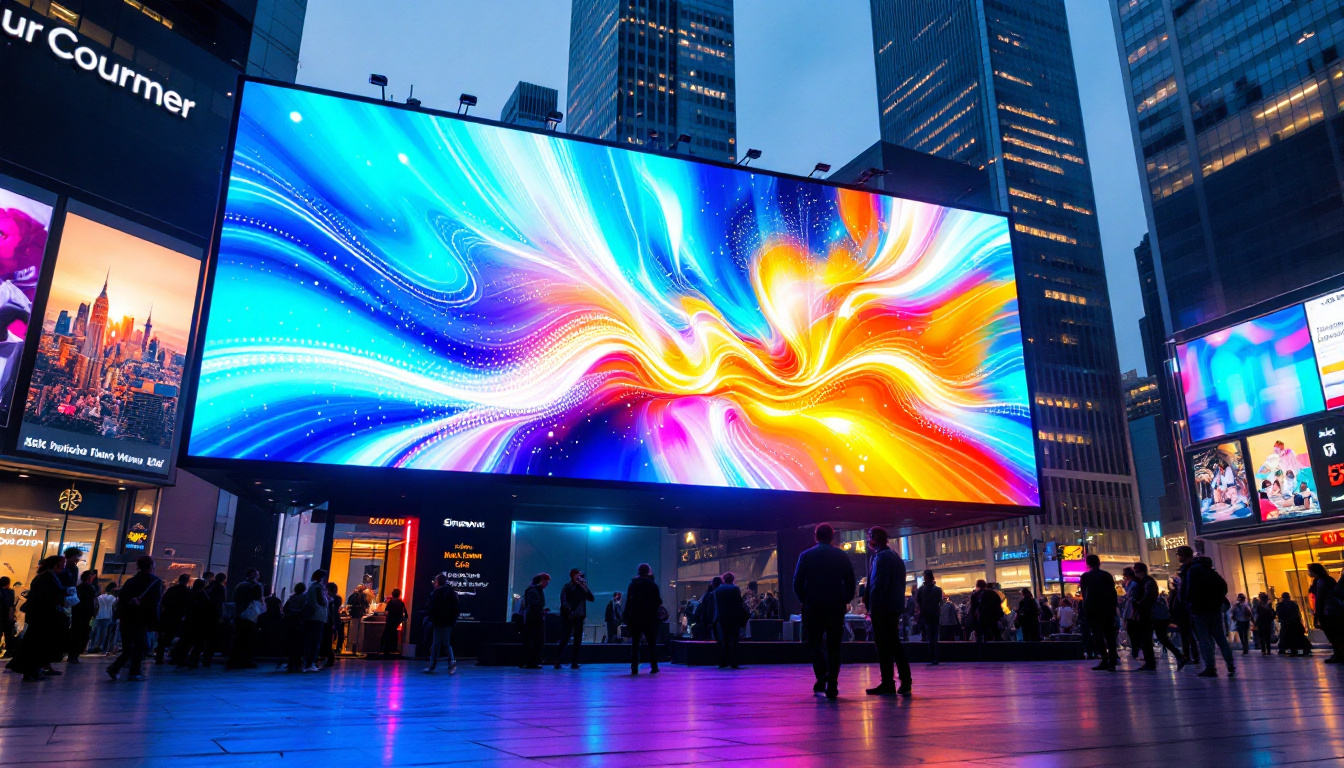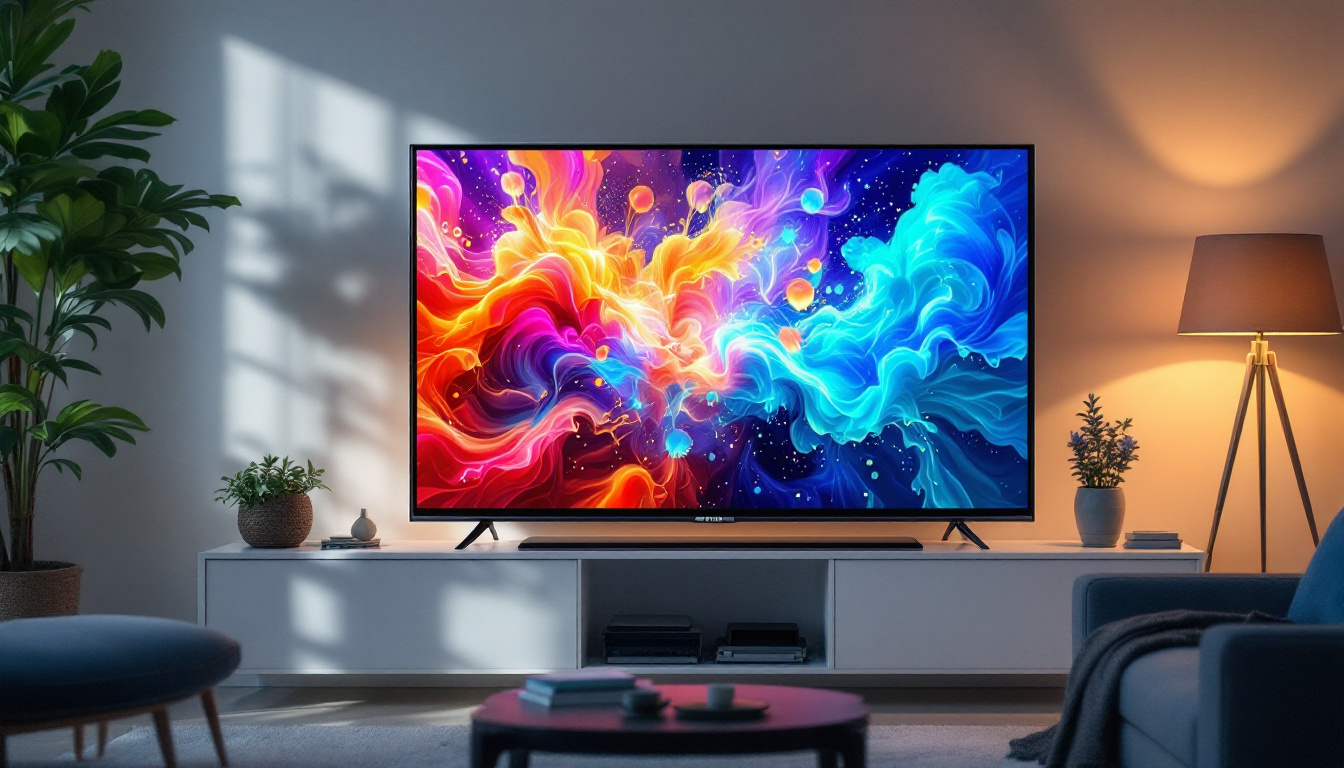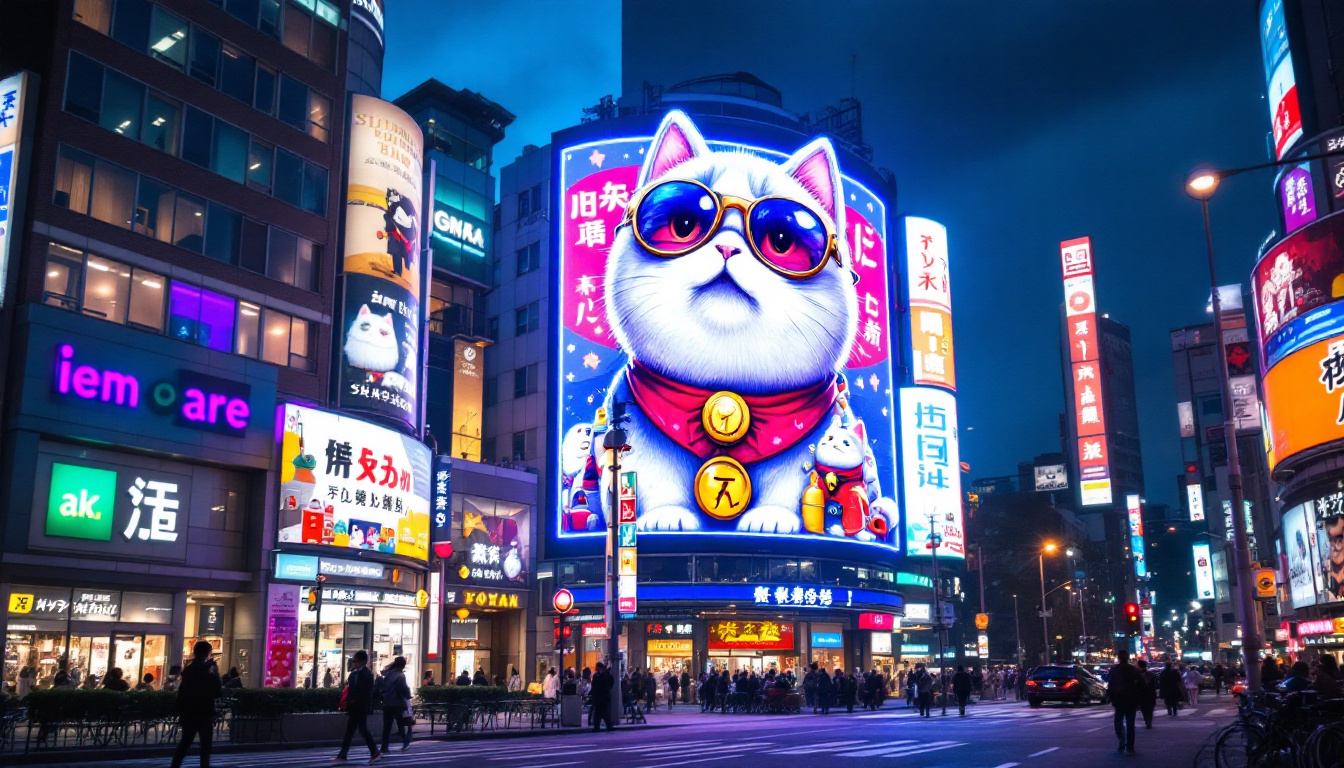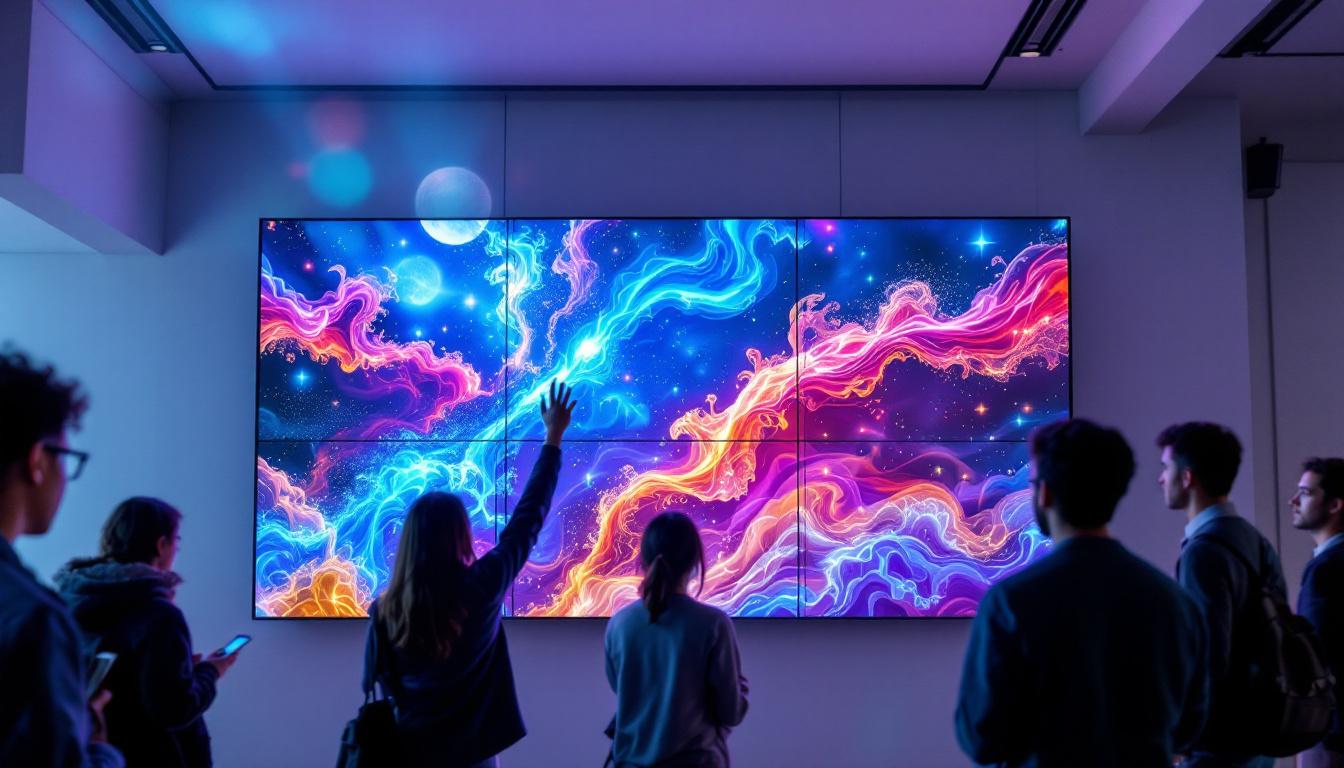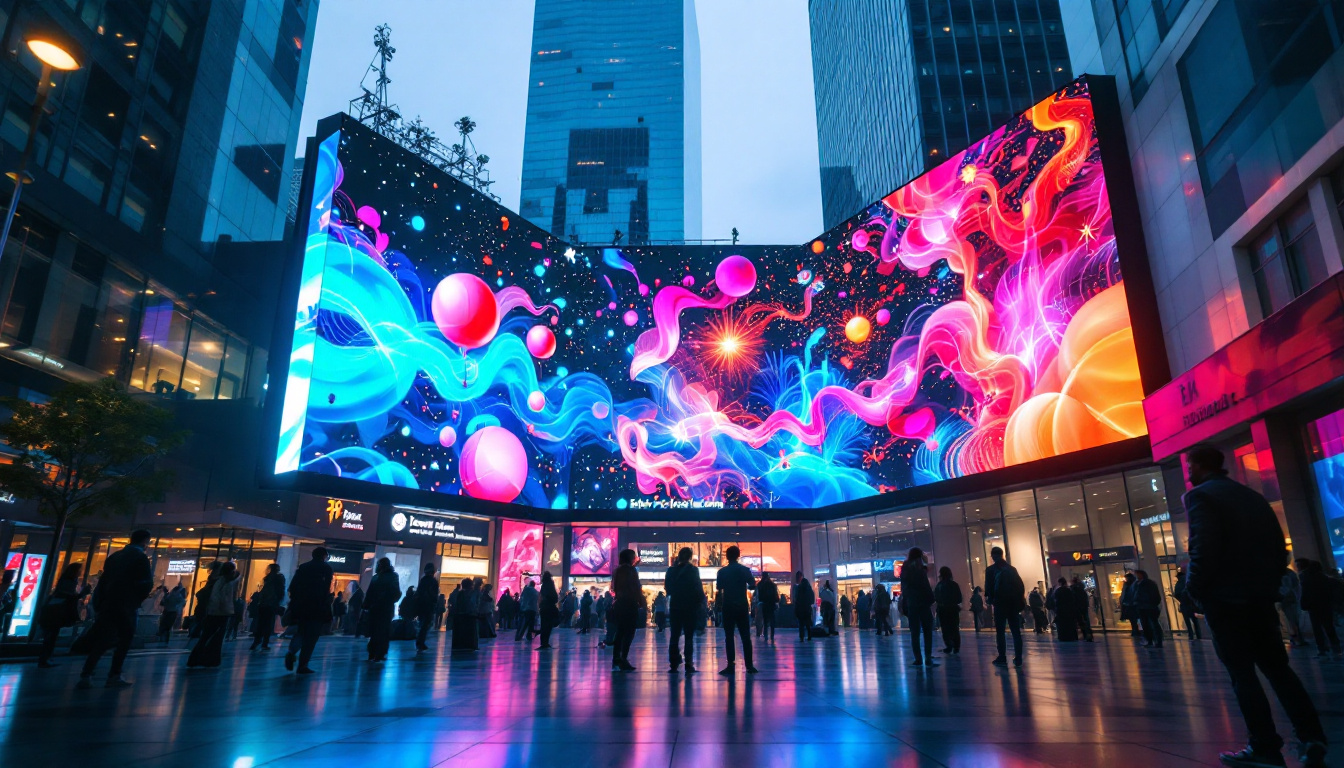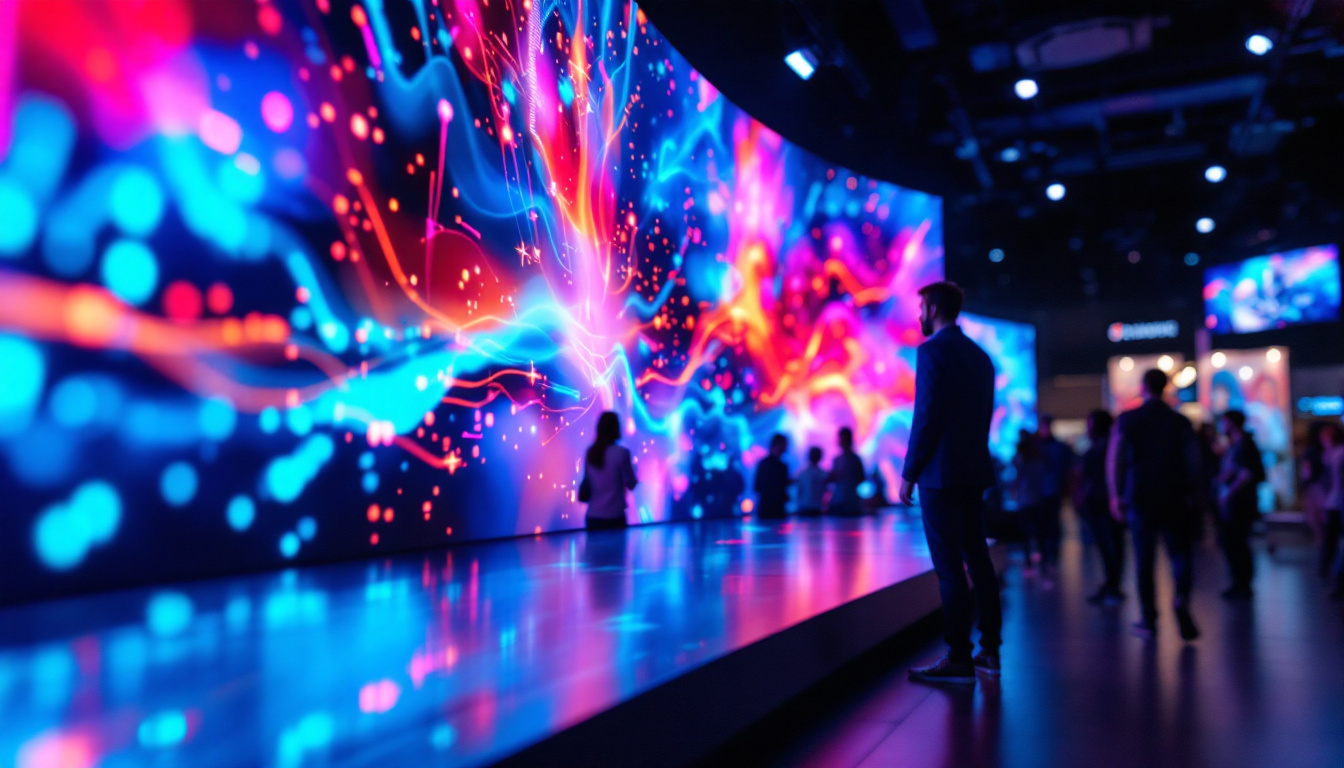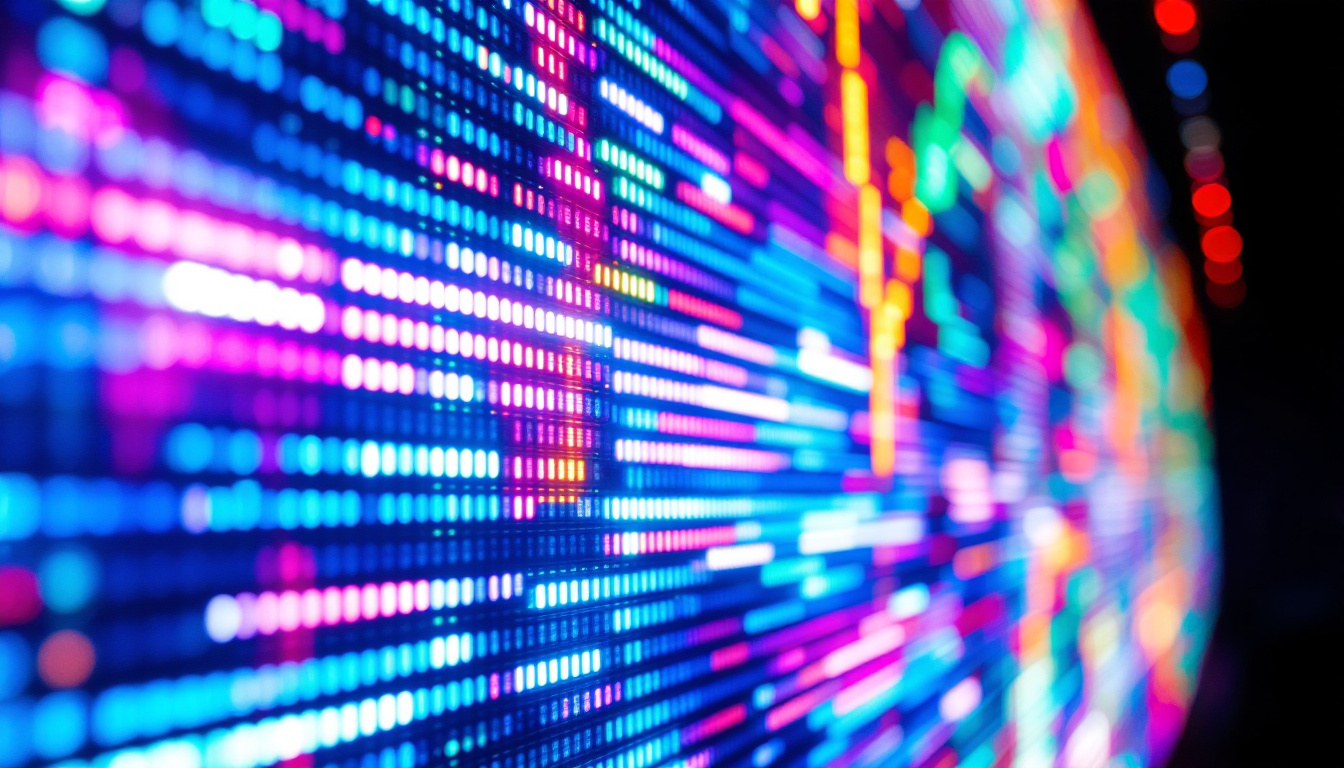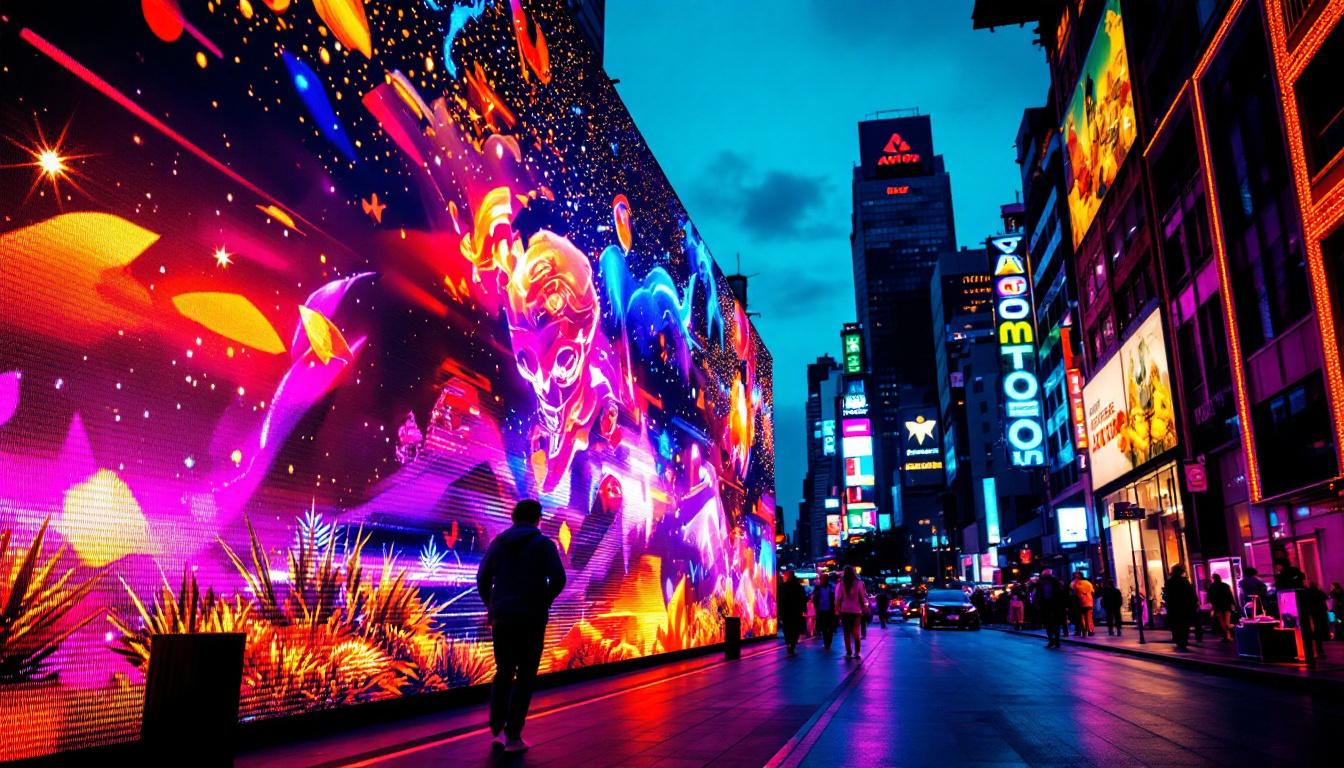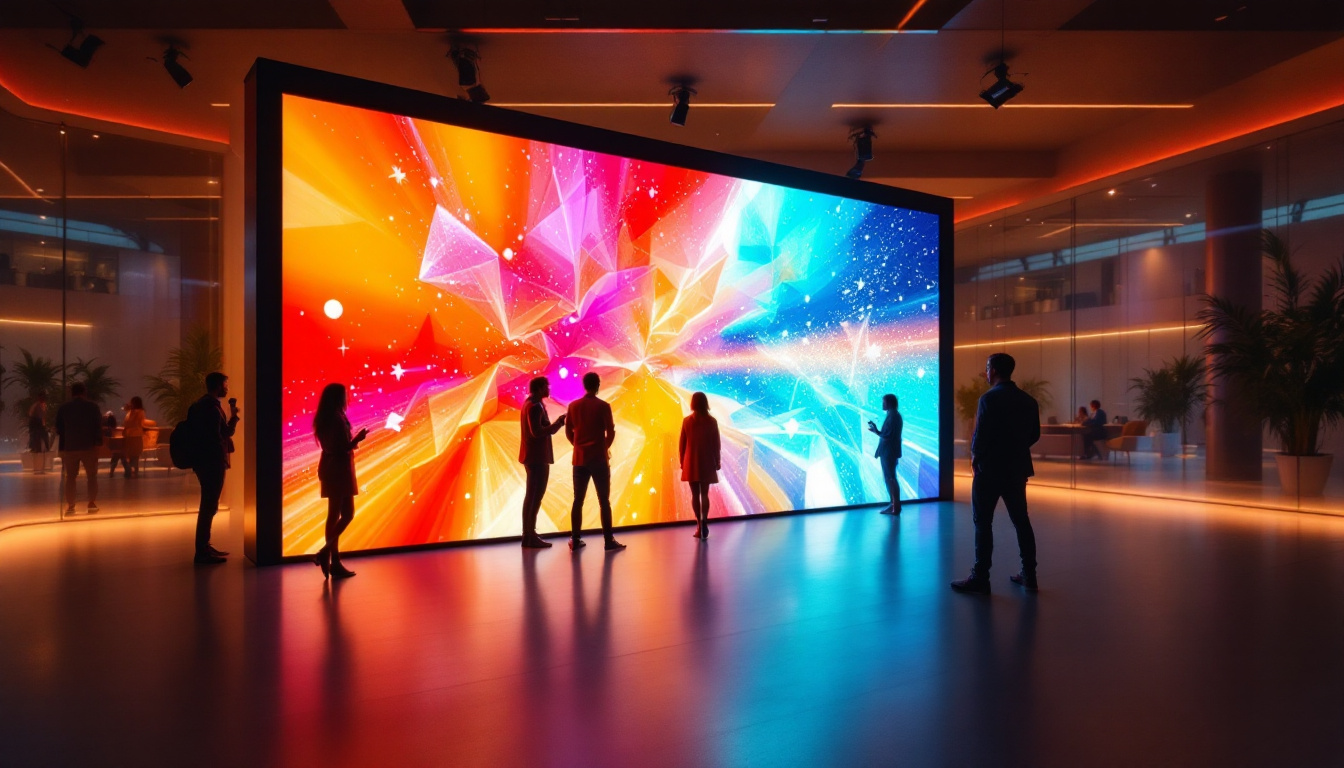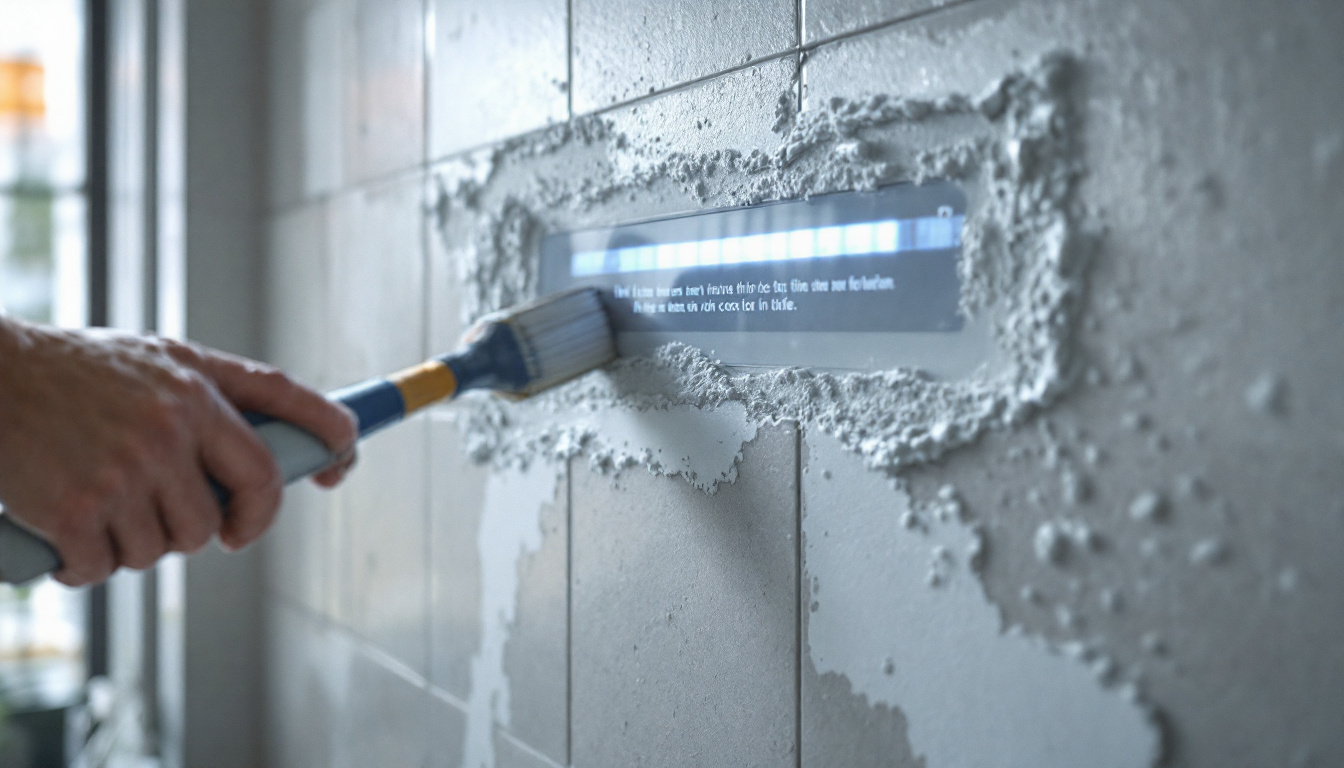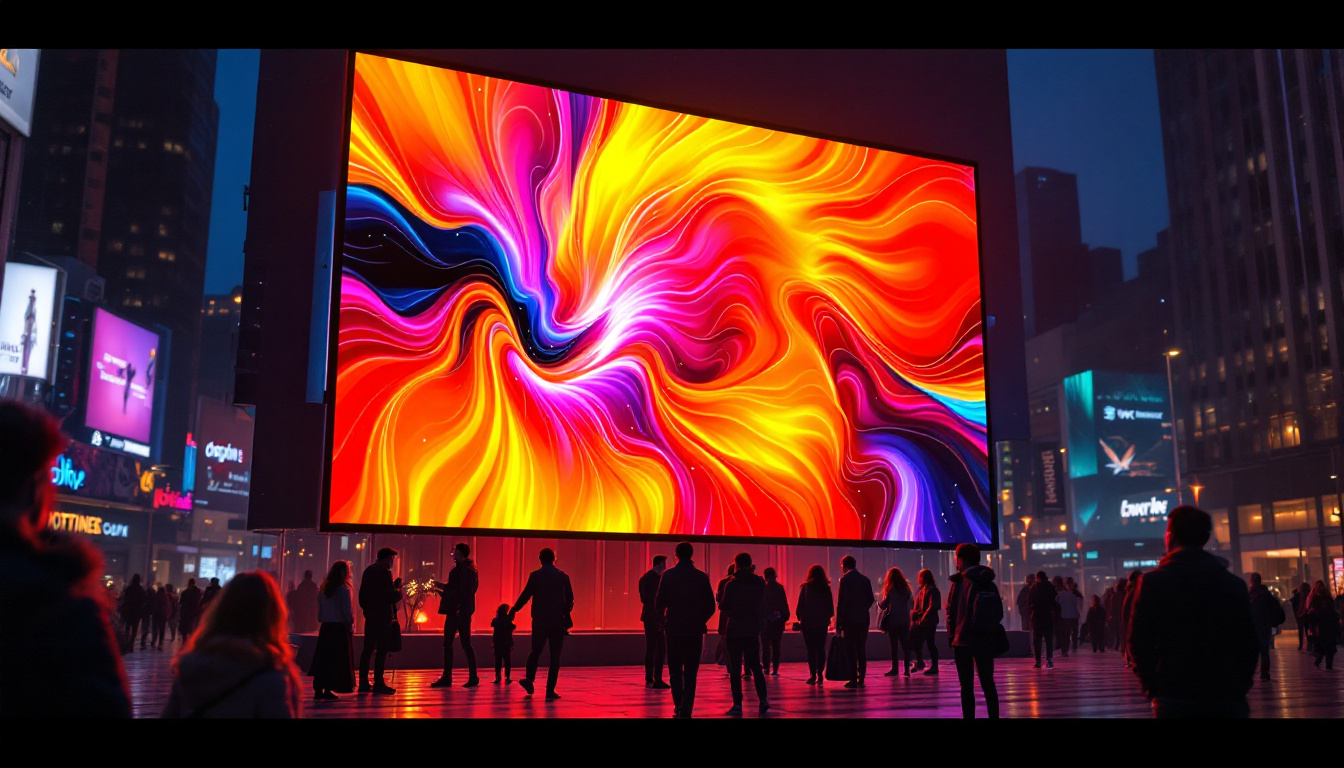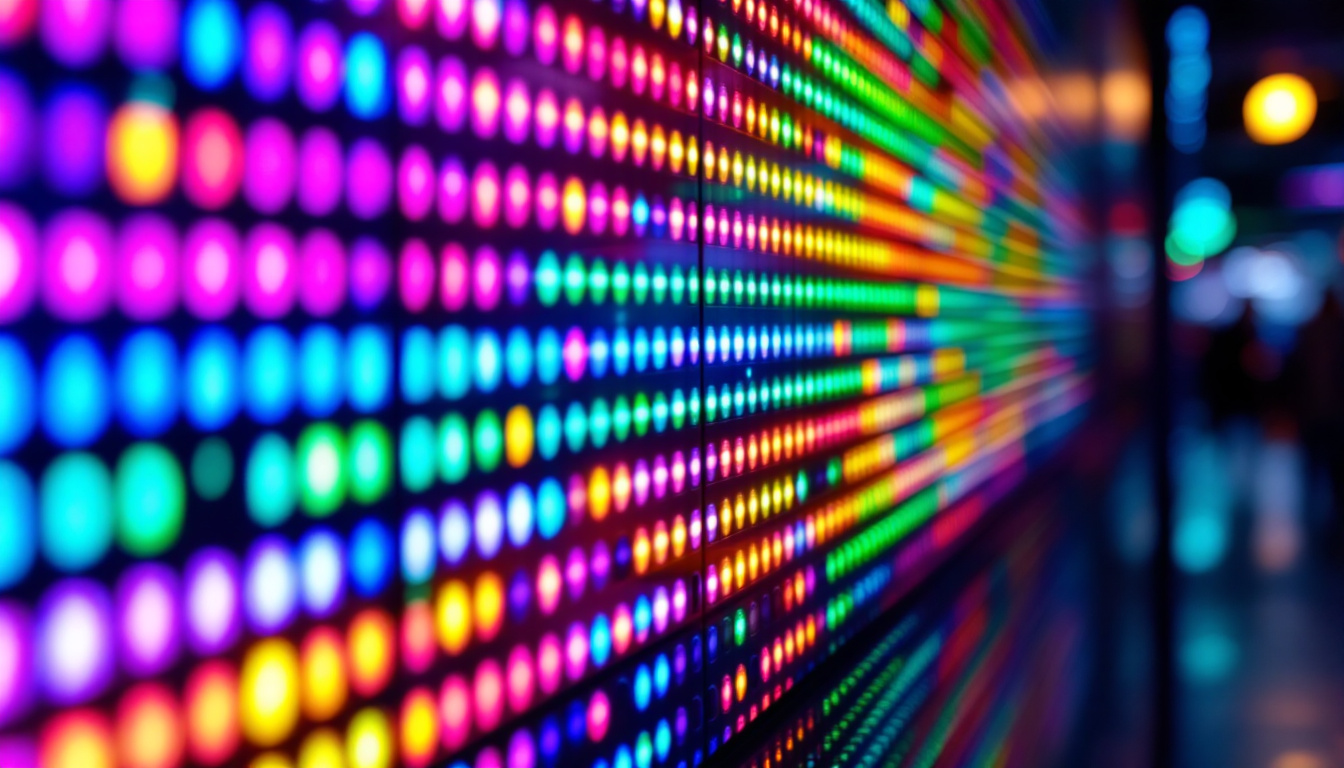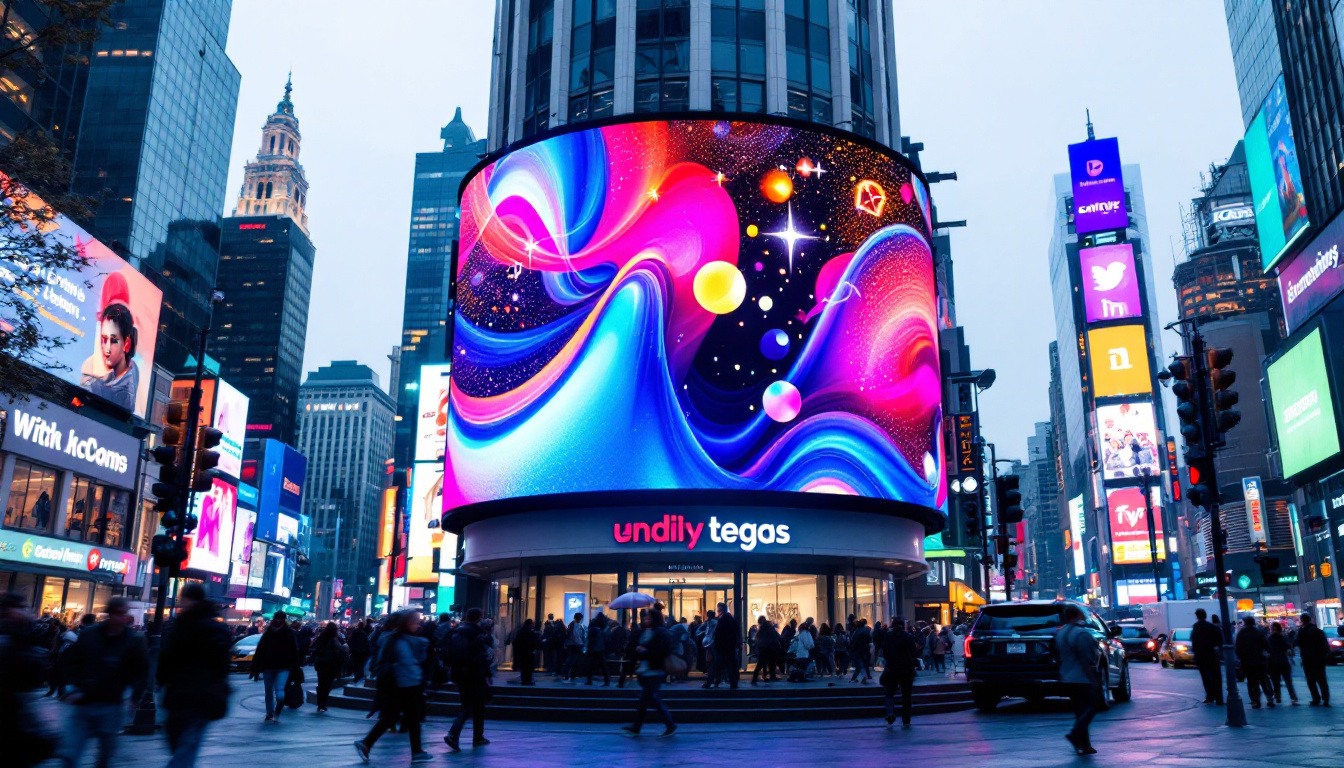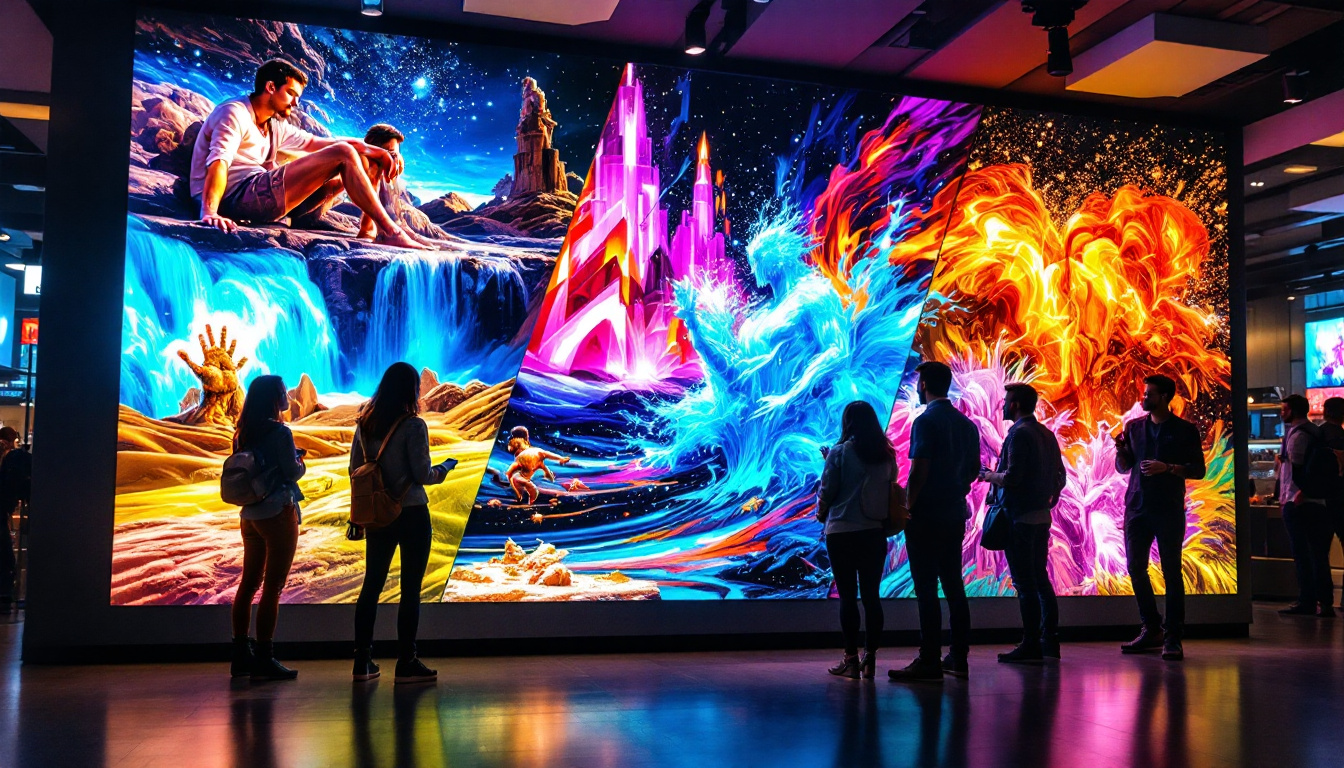In the rapidly evolving world of digital signage and visual communication, LED displays have become a cornerstone technology. Among the various configurations, the concept of a “Wall Lattice” LED display has gained significant attention for its unique design and versatile applications. This article delves into the fundamentals of Wall Lattice LED displays, exploring their technology, benefits, use cases, and future trends.
Understanding Wall Lattice LED Displays
At its core, a Wall Lattice LED display is a type of digital screen composed of an interconnected grid or lattice of LED modules arranged to form a large, seamless visual surface. Unlike traditional flat LED panels, the lattice structure allows for greater flexibility in design, enabling displays to conform to various shapes and architectural elements. This adaptability makes Wall Lattice displays particularly appealing for venues that prioritize aesthetics alongside functionality, such as concert halls, art installations, and corporate environments.
The lattice design is characterized by its open framework, which can be either rigid or semi-rigid, depending on the intended application. This structure not only supports the LEDs but also facilitates airflow and reduces the overall weight of the installation, making it ideal for large-scale indoor and outdoor applications. Furthermore, the lightweight nature of these displays allows for easier installation and maintenance, which is crucial for high-traffic areas where downtime must be minimized.
Technical Composition
Wall Lattice LED displays consist of multiple small LED modules, each containing hundreds or thousands of tiny light-emitting diodes. These modules are assembled in a grid pattern, with precise spacing (known as pixel pitch) between each LED to ensure optimal image resolution and clarity. Modern Wall Lattice systems often use surface-mount device (SMD) LEDs, which are known for their brightness, color accuracy, and energy efficiency. The choice of SMD technology not only enhances visual performance but also contributes to lower energy consumption, making these displays more sustainable over time.
One of the defining features of the lattice design is the ability to customize the pixel pitch and module size. This flexibility allows for displays ranging from ultra-high-definition video walls to large, low-resolution decorative installations. Additionally, the open lattice framework permits creative architectural integration, such as curved walls, angled surfaces, or even suspended installations. This versatility has led to innovative uses in various sectors, from retail environments where dynamic advertising can capture consumer attention, to museums where immersive experiences can be created through interactive displays that engage visitors in new ways. As technology continues to evolve, the potential applications for Wall Lattice LED displays are expanding, paving the way for even more creative and impactful visual storytelling.
Advantages of Wall Lattice LED Displays
Wall Lattice LED displays offer several distinct advantages over conventional LED screens and other display technologies. These benefits make them a preferred choice for a wide array of commercial, entertainment, and public applications.
Lightweight and Structural Flexibility
The lattice framework significantly reduces the weight of the display compared to solid LED panels. This reduction in weight simplifies installation, especially for large-scale projects where structural load is a critical factor. It also allows for mounting on surfaces that might not support heavier traditional LED walls.
Moreover, the modular lattice design provides exceptional flexibility in shaping the display. Architects and designers can create curved, angled, or irregularly shaped screens that blend seamlessly with the surrounding environment, enhancing the aesthetic appeal of the installation. This adaptability not only allows for unique artistic expressions but also enables the integration of displays into various architectural designs, making them a perfect fit for museums, galleries, and modern office spaces.
Enhanced Airflow and Heat Dissipation
One challenge with high-brightness LED displays is heat buildup, which can reduce lifespan and performance. The open lattice structure promotes natural airflow, which helps dissipate heat more effectively than enclosed LED panels. This improved thermal management contributes to the longevity of the LEDs and reduces the need for additional cooling systems, lowering operational costs.
Additionally, the enhanced airflow not only benefits the display’s performance but also contributes to a more sustainable approach to technology use. By minimizing the reliance on external cooling solutions, Wall Lattice LED displays can operate in a wider range of environmental conditions, making them suitable for outdoor installations in diverse climates. This resilience further extends their usability in temporary events, such as concerts or festivals, where quick setup and teardown are essential.
Energy Efficiency and Brightness
Modern LED technology incorporated into Wall Lattice displays is highly energy-efficient. Advances in LED chip design and power management mean these displays consume less electricity while delivering bright, vibrant images visible even in direct sunlight. This combination of energy efficiency and high brightness is especially valuable for outdoor advertising and public information displays.
Furthermore, the energy efficiency of Wall Lattice LED displays aligns with growing environmental concerns and regulations. Businesses and organizations are increasingly seeking sustainable solutions that not only reduce their carbon footprint but also appeal to eco-conscious consumers. By utilizing these displays, companies can showcase their commitment to sustainability while benefiting from lower energy bills and enhanced visibility, creating a win-win scenario for both the environment and their bottom line.
Applications of Wall Lattice LED Displays
The versatility of Wall Lattice LED displays has led to their adoption in a variety of sectors. Their unique design and performance characteristics make them suitable for environments where traditional displays might fall short.
Retail and Advertising
Retailers and advertisers leverage Wall Lattice LED displays to create eye-catching storefronts and promotional walls. The ability to customize the shape and size of the display allows brands to stand out in crowded urban environments. For example, luxury retail stores often use curved lattice walls to showcase dynamic content that draws in foot traffic.
According to recent market research, the global digital signage market is projected to grow at a compound annual growth rate (CAGR) of over 8% through 2027, with LED-based displays accounting for a significant portion of this growth. Wall Lattice displays, with their flexibility and visual impact, are positioned to capture a growing share of this expanding market.
Entertainment and Events
Concerts, trade shows, and sports venues increasingly utilize Wall Lattice LED displays for immersive visual experiences. Their lightweight nature allows for temporary installations that can be quickly assembled and dismantled, while the high brightness ensures visibility even in challenging lighting conditions.
For instance, major music festivals have adopted Wall Lattice screens as backdrops and stage elements, enhancing audience engagement through dynamic visuals that complement live performances.
Architectural Integration
Architects and urban planners are incorporating Wall Lattice LED displays into building facades and public spaces to create interactive and visually striking environments. These installations can serve as digital art pieces, information hubs, or advertising platforms, blending technology with urban aesthetics.
One notable example is the use of Wall Lattice displays on skyscraper exteriors, where the open framework allows the building’s structural elements to remain visible, preserving architectural integrity while adding a digital layer of communication.
Installation and Maintenance Considerations
Successful deployment of a Wall Lattice LED display requires careful planning and execution. Several factors influence the installation process and ongoing maintenance.
Site Assessment and Structural Support
Before installation, a thorough site assessment is essential to determine the appropriate mounting methods and structural reinforcements. The lightweight nature of lattice displays reduces load concerns, but wind resistance and environmental factors must be evaluated, especially for outdoor installations.
Modular Design for Ease of Maintenance
One of the advantages of the lattice system is its modularity. Individual LED modules can be replaced or serviced without dismantling the entire display. This modular approach minimizes downtime and maintenance costs, ensuring continuous operation in critical applications.
Calibration and Image Quality
Maintaining consistent image quality across a large lattice display requires precise calibration of brightness, color balance, and pixel alignment. Modern Wall Lattice LED systems often incorporate automated calibration tools and software to streamline this process, ensuring uniform visual performance over time.
Future Trends and Innovations
The Wall Lattice LED display market is poised for continued innovation, driven by advancements in LED technology, materials science, and digital content management.
Higher Resolution and Pixel Density
As LED chip manufacturing improves, Wall Lattice displays will achieve higher pixel densities, enabling ultra-high-definition visuals even on large-scale installations. This trend will expand their use in applications requiring detailed imagery, such as digital art galleries and control rooms.
Flexible and Transparent Displays
Emerging materials and design techniques are paving the way for flexible and semi-transparent Wall Lattice LED displays. These innovations will allow for even more creative architectural integrations, including windows and glass facades that double as digital screens without obstructing natural light.
Integration with Smart Technologies
Future Wall Lattice LED displays are expected to integrate seamlessly with smart building systems, IoT devices, and AI-driven content management platforms. This integration will enable real-time data visualization, personalized advertising, and interactive experiences tailored to audience demographics and environmental conditions.
Conclusion
Wall Lattice LED displays represent a significant evolution in digital signage technology, combining structural innovation with cutting-edge LED performance. Their lightweight, flexible design, superior heat dissipation, and energy efficiency make them ideal for diverse applications ranging from retail and entertainment to architectural installations.
As technology advances, these displays will become even more versatile and visually impressive, offering new opportunities for brands, artists, and urban planners to engage audiences in dynamic and meaningful ways. Understanding the capabilities and considerations of Wall Lattice LED displays is essential for anyone looking to leverage this technology for impactful visual communication.
Explore Cutting-Edge LED Displays with LumenMatrix
Ready to elevate your space with the latest in LED display technology? LumenMatrix is at the forefront of innovation, offering a wide range of solutions from Indoor and Outdoor LED Wall Displays to Custom and Transparent LED Displays. Whether you’re looking to enhance your retail space, captivate an audience at an event, or integrate digital art into architecture, LumenMatrix has the expertise to bring your vision to life. Check out LumenMatrix LED Display Solutions and discover how our state-of-the-art displays can transform your visual communication.

